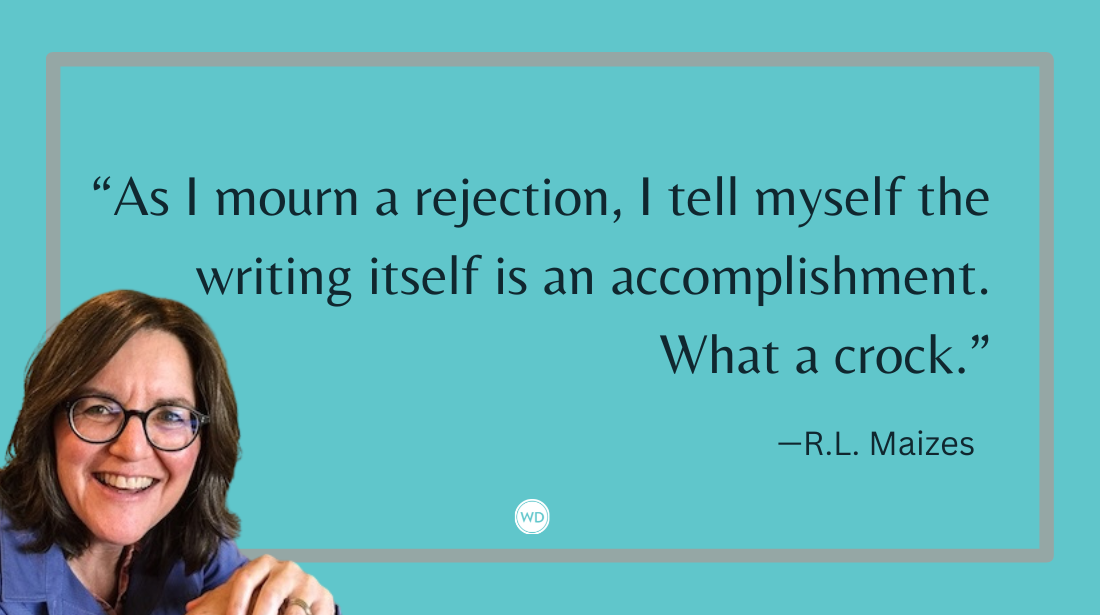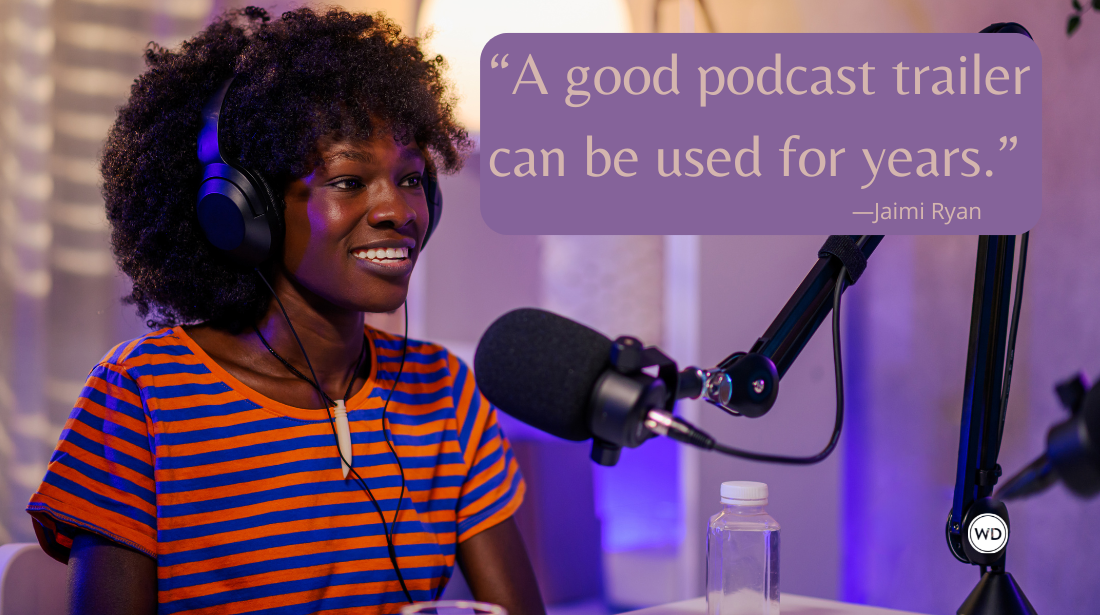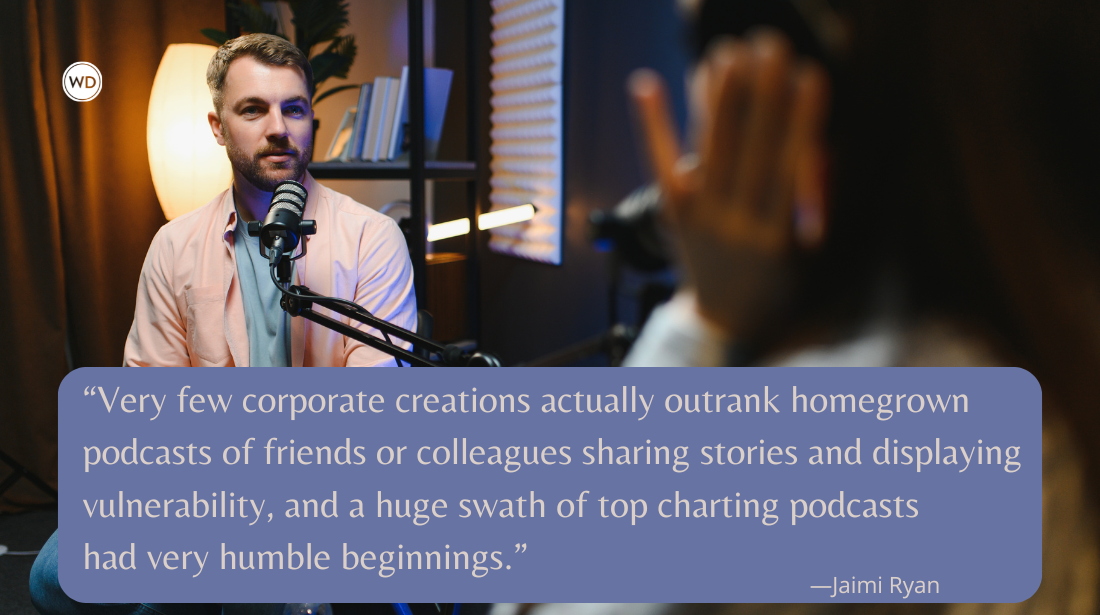Classic Toy Trains: Market Spotlight
For this week’s market spotlight, we look at the Classic Toy Trains, a hobby magazine published nine times per year for toy train enthusiasts.
For this week’s market spotlight, we look at the Classic Toy Trains, a hobby magazine published nine times per year for toy train enthusiasts.
Classic Toy Trains: Market Spotlight
Established in 1987, Classic Toy Trains is published nine times per year—usually with special issues mixed in like Lionel Trains of the 1950s and Best Toy Train Layouts. This magazine covers the entire hobby of toy trains, past and present, for toy train enthusiasts.
The editors say, "We publish articles on all aspects of S, O, and Standard gauge toy trains. A look through one or two back issues of Classic Toy Trains is the best way to get an idea of the kinds of material we're interested in."
They pay $75 per page.
What They’re Looking For
Classic Toy Trains generally looks for articles of interest to toy train enthusiasts. This can include the following:
- wiring or scenery techniques
- various historical toy trains or accessories
- current and interesting layouts
- how to kitbash a structure or repair a locomotive, car, or accessory
- the history and collectibility of certain manufacturers' products or a rare piece.
The editors say, "If you have an idea on a subject you haven't seen us cover, write and ask. We're always interested in new ideas."
Estimated length and payment are discussed upon assignment.
How to Submit
The editors advise potential writers to query first at manuscripts@classictoytrains.com.
In today's competitive marketplace, it’s important to catch an editor's attention. It all starts with a pitch. No matter what kind of article you want to write, a good pitch letter will get you noticed by an assigning editor. This intensive two-week course will teach you how to craft a good pitch letter and do it well. Be ready to mine your life for ideas. Start thinking about a great spin on a topic or an unusual personal experience that you'd like to write about in class!









